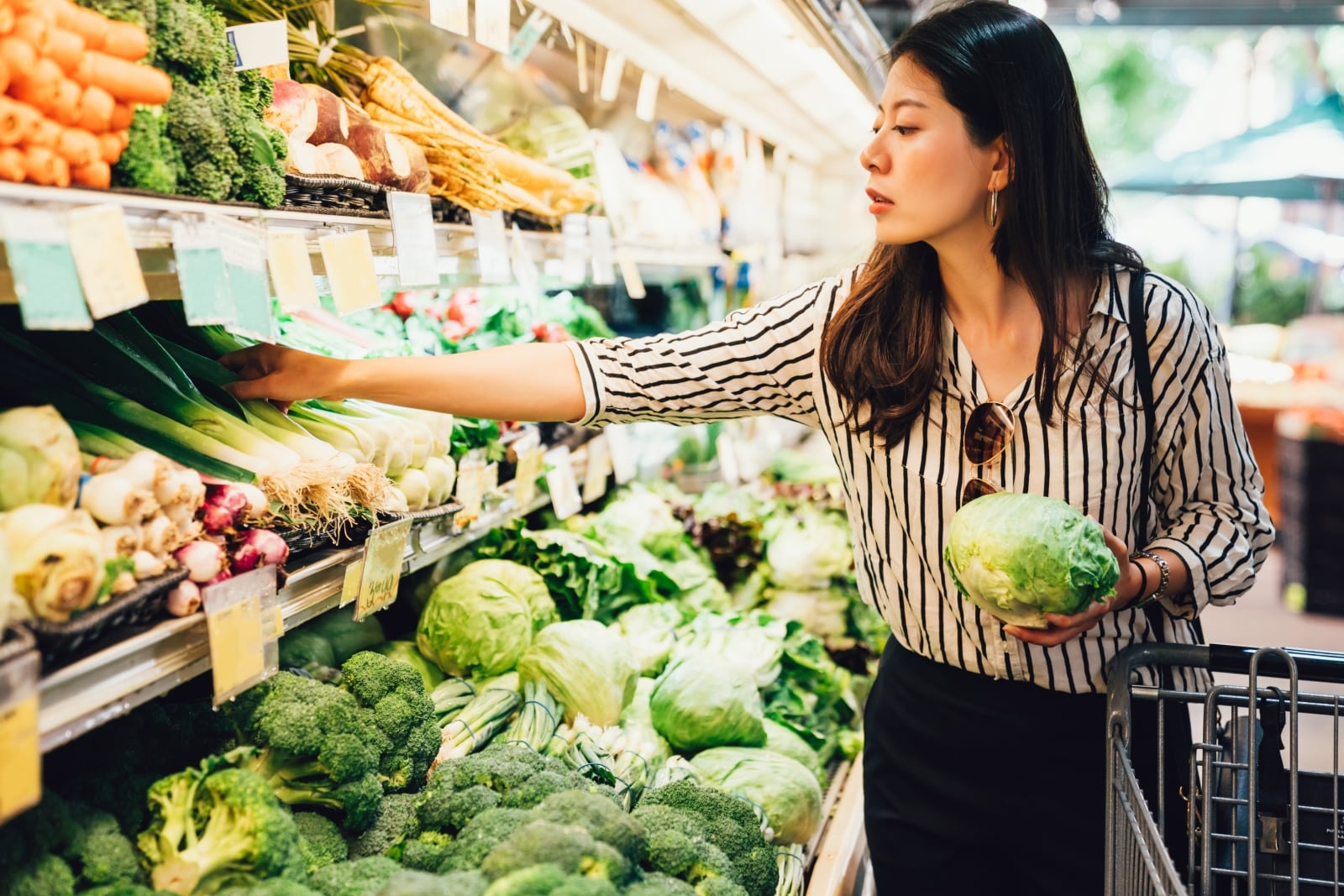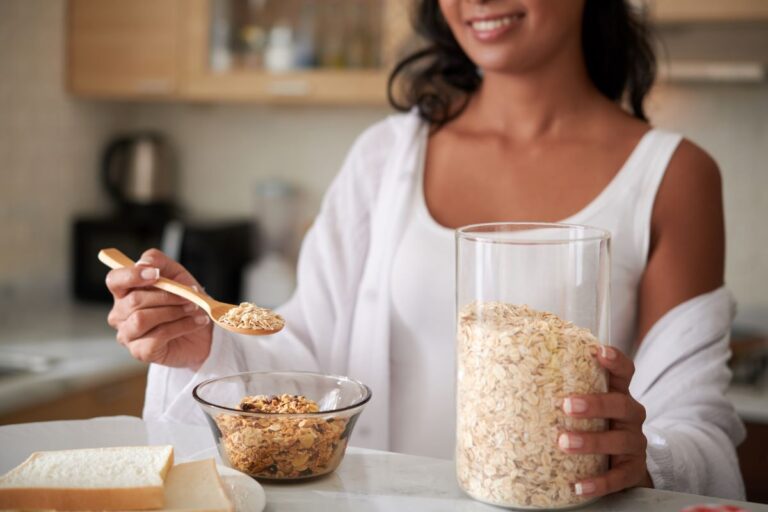From Farm to Table: How Your Family’s Favorite Foods Get to Your Plate
Ever wondered how your favorite foods make it to your plate? The journey from farm to table is fascinating and sometimes shocking. Let’s break it down step by step.
1. Seed Selection

It all starts with choosing the right seeds. Farmers select seeds based on climate, soil, and market demand. Many seeds are genetically modified for higher yields.
2. Soil Preparation

Farmers prepare the soil by plowing and adding fertilizers. This process ensures the soil is rich in nutrients for the crops.
3. Planting

Seeds are planted using machinery or by hand. Timing is crucial to ensure crops grow during the best seasons.
4. Irrigation

Crops need water to grow. Farmers use irrigation systems to provide consistent water supply, which can strain local water resources.
5. Pesticides and Herbicides

To protect crops from pests and weeds, farmers apply chemicals. These substances can leave residues on your food.
6. Growth and Monitoring

Farmers constantly monitor crop growth, checking for signs of disease and nutrient deficiencies. Technology, like drones, is increasingly used for this.
7. Harvesting

When crops are ready, they are harvested. This can be done by machines or by hand, depending on the crop and farm size.
8. Sorting and Grading

After harvest, crops are sorted and graded. Only the best produce makes it to the market; the rest may be used for animal feed or other products.
9. Transportation

Crops are transported from farms to processing facilities or markets. This can involve long distances, increasing the carbon footprint.
10. Processing

Many foods undergo processing to extend shelf life or enhance flavor. This can involve adding preservatives, which may have health implications.
11. Packaging

Processed foods are packaged for sale. Packaging materials can impact the environment, especially plastics.
12. Storage

Before reaching stores, foods are stored in warehouses. Proper storage conditions are essential to prevent spoilage and contamination.
13. Distribution

Foods are distributed to grocery stores and markets. This step involves logistics and can add to the overall cost of food.
14. Retail Display

In stores, foods are displayed to attract buyers. Freshness is key, and stores regularly restock to ensure quality.
15. Purchasing

Consumers buy the food, often unaware of the journey it has taken. Price and appearance often influence purchasing decisions.
16. Home Storage

Once home, food is stored in refrigerators or pantries. Proper storage is crucial to maintain freshness and prevent waste.
17. Preparation

Before eating, food is washed, cut, cooked, or otherwise prepared. Cooking methods can affect the nutritional value.
18. Consumption

Finally, the food is consumed. This is the end of its long journey from farm to table.
19. Waste Management

Not all food is eaten. Leftovers and spoiled food are often thrown away, contributing to food waste.
20. Impact on Health

The entire process, from chemicals used in farming to processing methods, can impact the nutritional quality and safety of the food.
21. Environmental and Ethical Considerations

The journey of food has significant environmental and ethical implications. From water usage to labor practices, understanding these aspects can lead to more informed choices.
What’s on Your Plate?

Are you surprised by the complex journey your food takes to reach you? Understanding this process can help you make more conscious and informed food choices.
Toxic Talk: 21 Phrases to Never Say to Your Kids

Are you worried about the impact of your words on your child’s well-being? Let’s tackle 21 phrases that might be causing more harm than you realize. Toxic Talk: 21 Phrases to Never Say to Your Kids
Breaking Ties: Recognizing When It’s Time to Go No-Contact with Parents

Deciding to go no-contact with a parent is a profound, often painful choice, but sometimes it’s necessary for personal well-being. Are you grappling with the decision to distance yourself from a toxic parental relationship? Breaking Ties: Recognizing When It’s Time to Go No-Contact with Parents
Stop the Stereotypes: 20 Gender-Based Comments Kids Don’t Need

It’s time to challenge traditional narratives that limit kids’ potential. Here are gender-specific phrases and ideas to avoid, fostering a supportive and open-minded environment for the next generation. Stop the Stereotypes: 20 Gender-Based Comments Kids Don’t Need
The post From Farm to Table: How Your Family’s Favorite Foods Get to Your Plate first appeared on Peachy Fours.
Featured Image Credit: Shutterstock / Drazen Zigic.
For transparency, this content was partly developed with AI assistance and carefully curated by an experienced editor to be informative and ensure accuracy.







